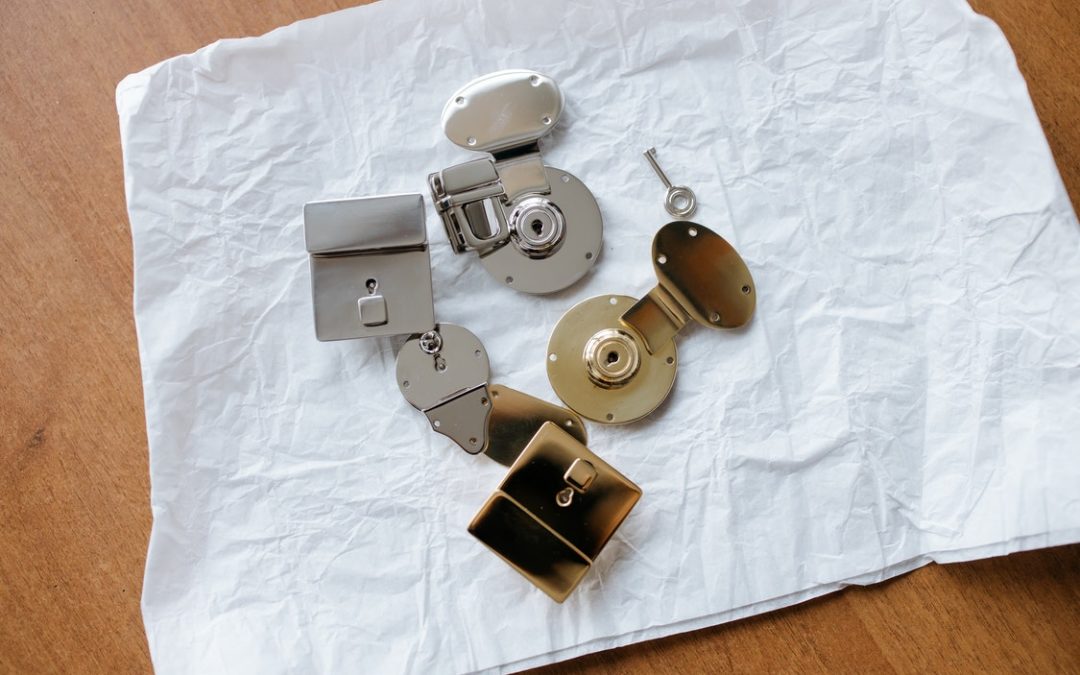If you have ever wondered how to use a lock for Lockout/Tagout from trdsf.com, then you should read this article. It covers everything from how to use a tension wrench to how to set a combination on a multi-dial lock. In addition, you will learn how to properly use lock washers. These tips are important in any locksmith’s toolbox. They will help you in the long run. Once you learn these things, you’ll feel confident to use a lock.
Tips to Properly Use a Lock
Before you begin using a lock, learn how to care for it. It’s not difficult to use, as long as you follow these tips. First, remember to cut your key carefully. Then, if you need a duplicate key, visit a locksmith for assistance. If you don’t have the original key, use the one that looks the closest. After all, you don’t want the key to break into the lock.
Once you’ve learned how to set your lock’s pins, you’ll be better prepared to pick them. Raking locks involve raising the locking pins to the shear line and rotating the plug to release the lock. This technique is considered one of the most basic and easiest to learn and apply to various types of locks.
Using a Tension Wrench

When you want to open a lock, the tension wrench comes in handy. It turns the lock, allowing the door to open. To use a tension wrench, insert it into the bottom of the lock. Once the tension is applied, turn the tension wrench until it feels tight. Depending on the type of lock, a tension wrench can come in handy for both residential and commercial settings. To use a tension wrench effectively, you should first read these instructions.
A tension wrench is one of the world’s most common tools for turning locks. It is a flat strip of steel bent at a 90-degree angle. Its short end can be inserted halfway into a keyway, and the long end acts as a key blade, turning the plug. This tool will work well in the hands of a skilled locksmith because it is made of steel, which resists rust and corrosion.
Generally, when using a tension wrench, you should apply pressure to the pins in the lock’s mechanism. If the pins do not stay set, you may have to apply more pressure to the wrench. This is called rake, and the process requires a few attempts to get the lock to release. However, once you have the proper pressure, you should be able to unlock the lock.
If you are unable to use a tension wrench, you may try alternative tools. These may work temporarily, but they will not be as effective as a tension wrench. Unlike tension wrenches, alternative tools may be too large, too wide, or too thin to comfortably hold the lock. In addition, some alternatives may break before you can open the lock with them. However, these tools should not be your first choice if you want to open a lock properly.
Depending on the type of lock, there are different tools for the torsion. A TOK wrench, for example, grips the top and bottom of the keyway, while a BOK wrench sticks out on the side. It is useful for defeating security pins. Another common torsion wrench is the “Tulip” wrench, which has a staggered L shape. A lever torsion wrench, on the other hand, resembles the tip of a lever key.
Setting a Combination on a Multi-dial Lock
When you first set a combination on a multi-dial padlock, you need to clear out all of the numbers on the lock’s dials. Then, you must spin the dial counterclockwise to pass the first number. Then, turn the dial clockwise and move to the next number. Repeat this process until you have reached the desired combination. You may have to reset the lock a few times to get the right combination, so it’s best to try it out first.
You can also try setting a new combination if the original combination doesn’t work. A multi-dial lock is easy to reset. You can do this by simply using a tool that fits into the lock’s aperture. This tool has an aperture in the middle where you must insert the new combination. Once you’ve successfully reset the lock, you can return it to its original position. However, you must make sure that you take the lock with you when you go out.
When you use a multi-dial lock with combination dials, you can also use the zeroing option. Zeroing a lock’s combination offers a number of advantages, and can reduce the risk of forgetting to use the lock. For one, it helps you visually check its security, which is useful if physical checks are difficult to perform. And finally, adding a zeroing step creates a routine, and this reduces the risk of forgetting to lock it.
The shackle is the metal piece that sticks out of the padlock. After setting the correct combination, the shackle will release and the lock will open. There are four gears on the padlock, and these gears are wrapped around the shackle. They stop the shackle from moving when the dials align. Once the gears are positioned properly, the shackle will release.
Using a Lock Washer
A lock washer is an essential component of many bolts, screws, and nut assemblies. Its job is to provide added tension to the assembly and minimize the possibility of accidental loosening. Its sizing corresponds to the inside diameter of the bolt and nut. Lock washers are also useful for fastener assemblies where backoff or vibration can be an issue. This article will discuss the purpose of a lock washer and how to use it properly.
A lock washer functions as a soft spring between the bolt and the joint. In this manner, it can be displaced by up to 1mm without affecting the bolt’s ability to tighten the joint. Without a lock washer, however, the force required to tighten the bolt would rapidly increase as the bolt contacted the clamped material. A lock washer also prevents the bolt from rotating when the washer is displaced.
If a lock nut requires a lock washer, you must remove it prior to re-using the fastener. After removing the nut or the threaded fastener, you may need to pry the lock washer loose. To do so, you will need a flathead screwdriver. You should place the screwdriver head under the tooth on the lock nut if it is a split washer.
When using a lock washer, you must ensure that the nut is installed correctly. While locking nut torque should be kept to a minimum, the locking washer must be used with sufficient force. Lock washers are usually larger than standard washers. The hex lock nut is the exception. Its tightening torque should be slightly greater than the bolt. For this reason, locking washers should never be used on long or thin bolts.
A common use for a washer is in a bolt and nut assembly. Essentially, the washer is threaded through the bolt and then secured with a nut. These washers help distribute the weight evenly throughout the assembly. A lock washer works to prevent the bolt from loosening by exerting downward pressure on the fastener. If it does loosen, the bolt is unlikely to regain its original position.

